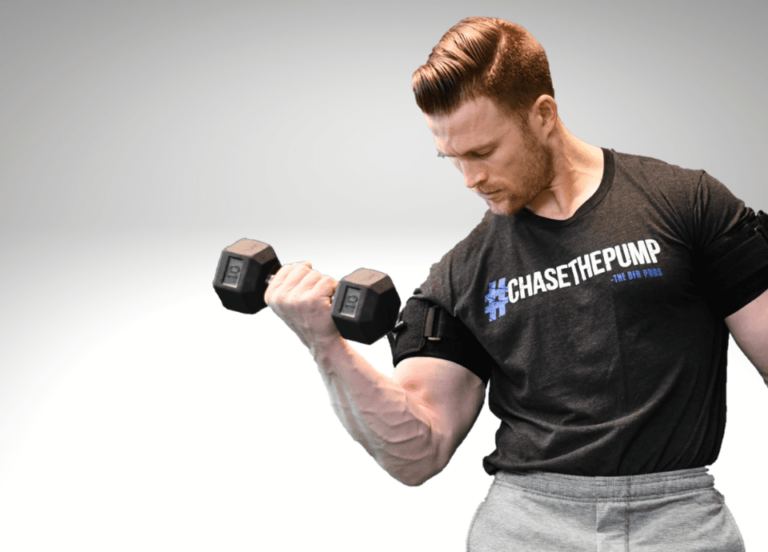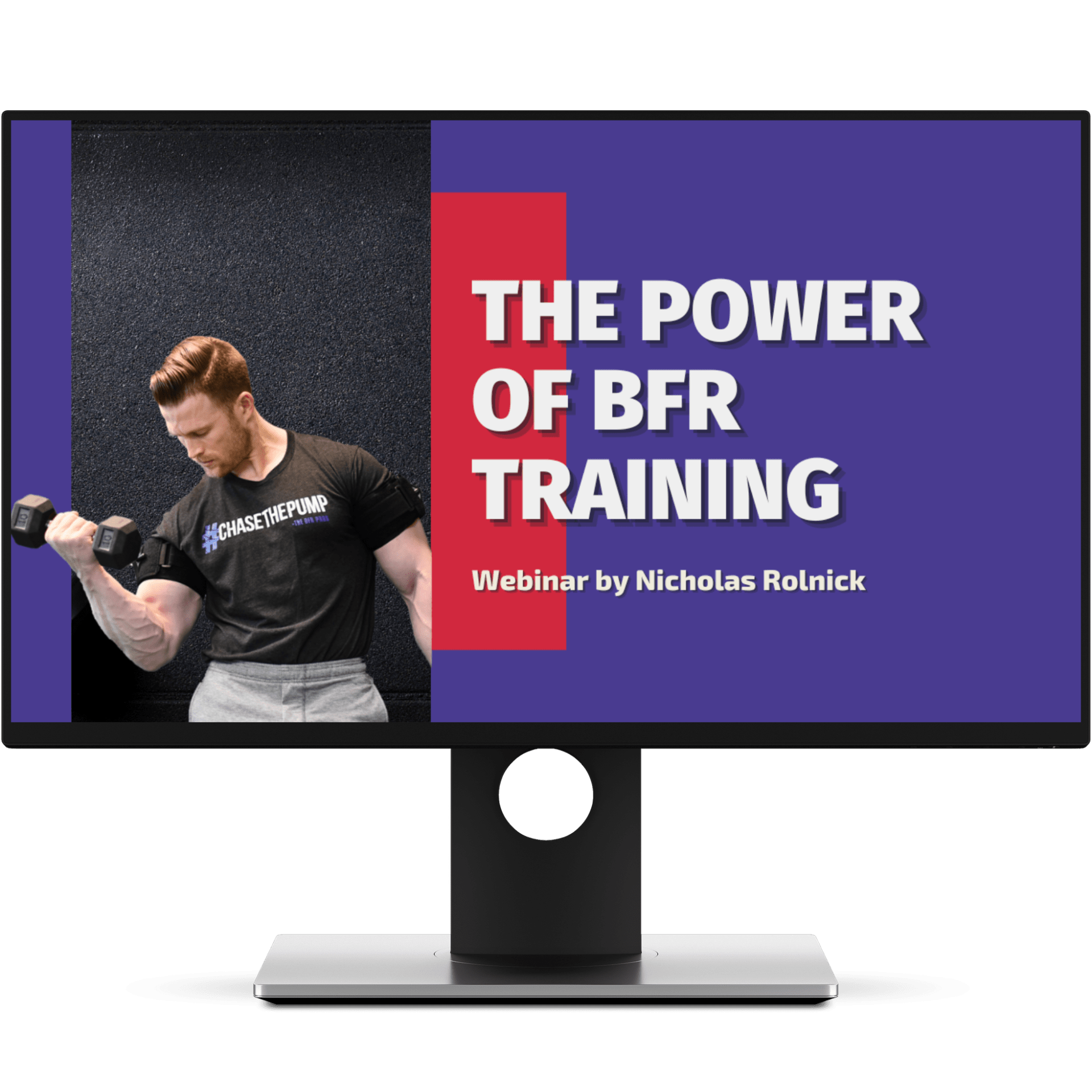Four Evidence-Based Reasons To Include Blood Flow Restriction Training In Your Program

This is a re-blog of a post written by Nick Licameli, DPT of the BFR Bros
Introduction
We at the BFR Pros get asked all the time, “What ar the reasons to integrate blood flow restriction training (BFR) into a program?” You’ve got questions, we’ve got answers! Here are our top four evidence-based reasons (and the articles cited!) to include BFR training into your training regimen.
1. Increasing Muscle Hypertrophy and Strength Using Lighter Loads than Traditional Training (1, )2.

For gains in muscle size and strength using traditional training, we typically have to use loads from 30-90% 1RM and & 70% 1RM, respectively. With low-load blood flow restriction training, we see similar gains in hypertrophy when compared to traditional heavy-load training. When it comes to strength, we see improvements in strength using low-load BFR when compared to traditional load-matched training. However, heavy-load traditional training typically outperforms low-load BFR, since strength is highly specific. The fact that we can illicit gains in muscle size and strength with light loads makes BFR a GREAT option for those who are load intolerant, such as when recovering from injury or surgery.
2. Increased Max Aerobic Capacity at Lower Intensities (3, 4, 5.)

Think BFR training is only for strength training? Think again! When performing aerobic exercise with BFR, we see improvements in VO2 max in healthy young adults, but also improvements in strength, power hypertrophy, and functional outcomes in the elderly.
3. Pain Relief (5).

Not only can BFR training help patients and athletes train with lighter loads to work around pain, it can also decrease the actual pain itself! We’ve seen improvements in pain following ACL surgery as well as in those with generalized knee pain.
The Power of Blood Flow Restriction Training
- A Peek Into the Power of BFR training
- The Science of Fatigue

4. Ensuring Recruitment of Type 1 and Type 2 Muscle Fibers (6).

The nervous system activates muscle fibers based on how much force you need to produce. It starts with Type 1 muscle fibers, activating more and more until it needs to call upon Type 2 muscle fibers, activating more and more until you eventually can’t produce any more force. High threshold motor unit recruitment, and subsequently type 2 fiber stimulus is a MECHANISM through which BFR induces hypertrophy with lower loads than would normally be effective.
Learn more
Are you curious about Blood Flow Restriction Training (BFR)? Then we can offer you various free resources to deepen your knowledge:
Our podcast host Sunny had another more recent talk with Nick Rolnick that you can check out here.
If you prefer a summary of this podcast, check out the following video:
A recent research review by Karanasios et al. (2022) compared blood flow restriction training to sham on pain intensity, disability, and strength gains. Check out our research review here.
References
****Remember, the decision to use BFR, or any treatment for that matter, should be based on the pillars of evidence-based practice.

Nick Licameli, DPT
Clinical Instructor at BFR Pros
NEW BLOG ARTICLES IN YOUR INBOX
Subscribe now and receive a notification once the latest blog article is published.







